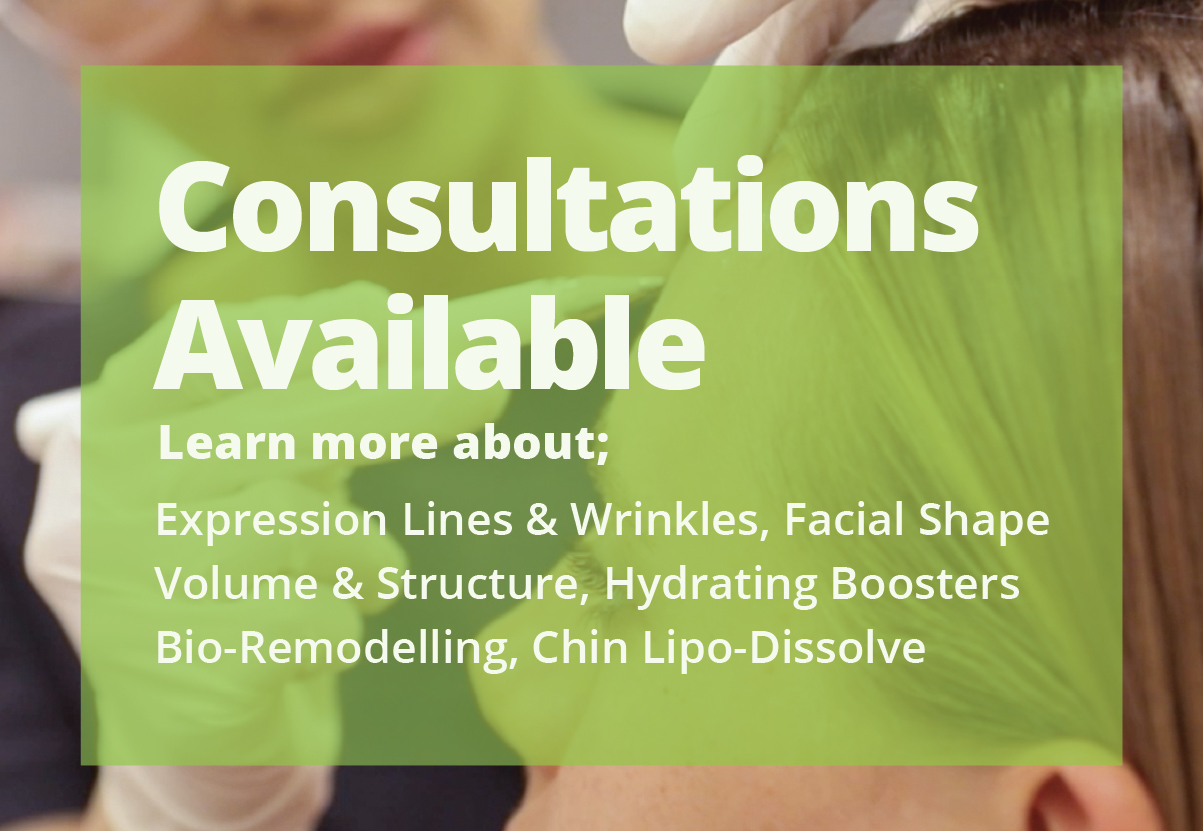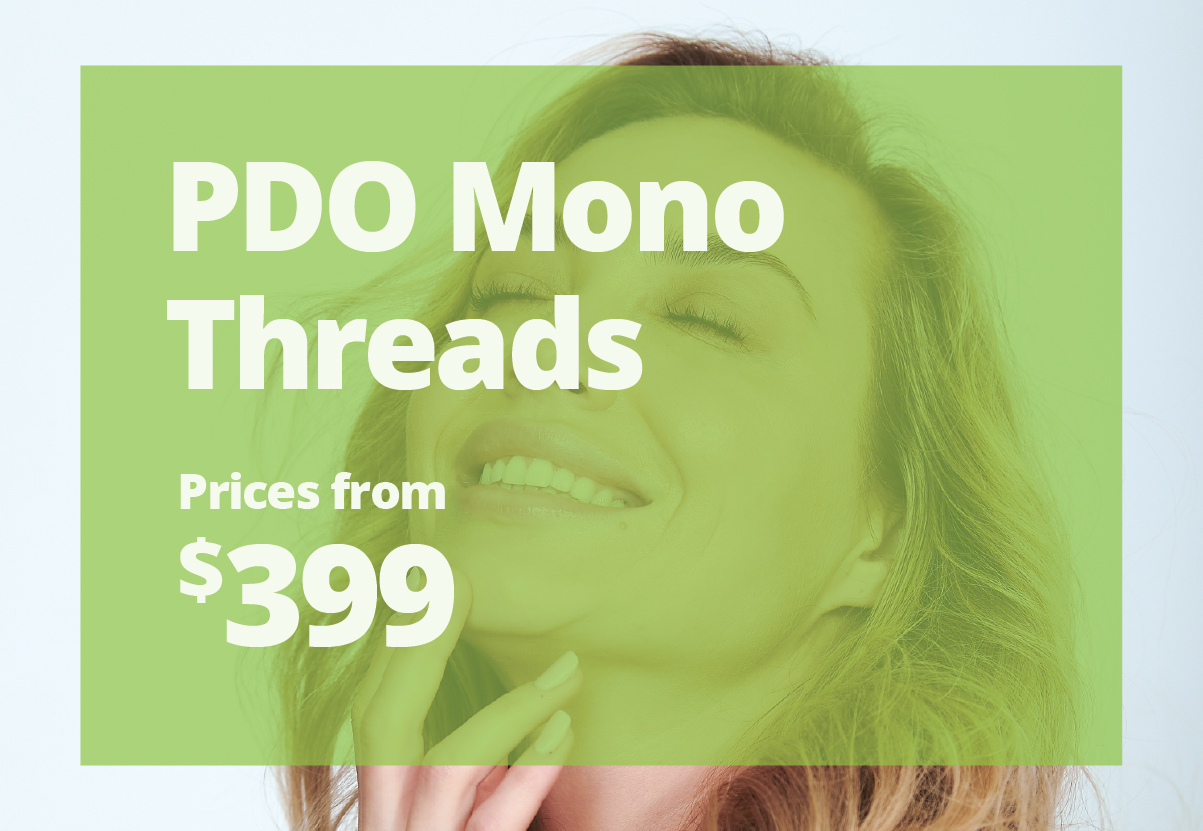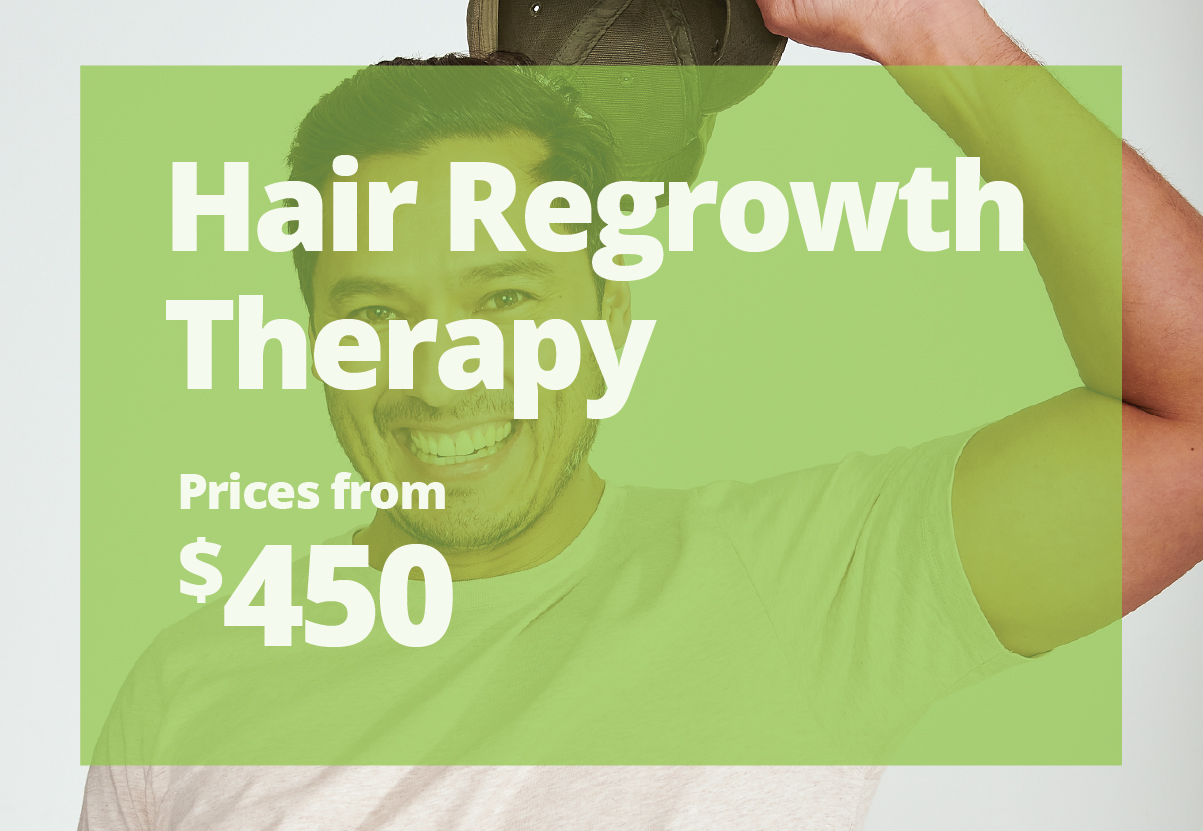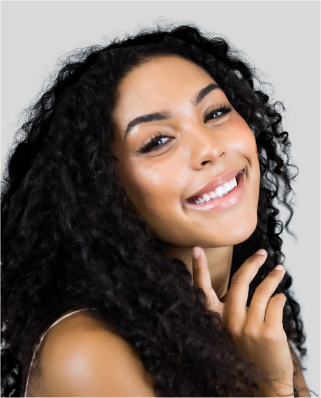Exosome Therapy and Skin Needling: Future of Skin Renewal
Get in touch with us
Did you know that exosome therapy, and skin needling are emerging treatments? When combined, it’s a promising way to meet skin goals. From minimising the appearance of wrinkles, fine lines, acne scarring to hyperpigmentation. Providing the opportunity for complete skin rejuvenation.
See why combining these treatments is on the rise:
What is Exosome Therapy?
This new skin therapy leverages the power of your naturally occurring healing process. Known as exosomes, these are small sized skin vesicles produced by cells.
These little messengers communicate with each other, carrying factors important for tissue repair. This ranges from proteins, growth factors to RNA’s. By doing so, these can boost the skin’s healing and regeneration process.
How Long Thread Lifts Last?
Get in touch with us
Consider a Facial Thread Lift? What to Expect, How It Works, and What Can Influence the Outcome
What Is a Thread Lift?
A facial thread lift is a non-surgical cosmetic procedure performed by a qualified health professional. It involves the precise placement of dissolvable threads just beneath the skin to gently support facial structures and stimulate natural collagen production over time.
The intended result? A subtle enhancement in skin firmness and facial support—with minimal downtime for most individuals.
Is Laser Hair Removal Safe for All Skin Types? A 2025 Guide
Get in touch with us
Laser hair removal continues to evolve, and as of 2025, it is safer and more effective for all skin types than ever before. Historically, darker skin tones faced limitations due to higher melanin content, but advances in laser engineering and treatment protocols now make permanent hair reduction accessible for everyone, from the fairest to the darkest complexions.
How Technology Has Improved Safety Across Skin Tones
Established Devices Still Leading the Market
While the core technologies—like Candela’s GentleLase Pro, GentleMax Pro, and GentleYag Pro—have been in use for years, continued refinements have improved safety, comfort, and speed. The most effective devices today offer:
- Dual-wavelength capabilities (755nm Alexandrite & 1064nm Nd:YAG)
- Advanced cooling systems (such as Dynamic Cooling Devices and sapphire contact cooling)
- Variable pulse durations tailored to hair and skin type
- Customizable energy settings for optimal safety
These features enable safe and precise treatment for a wide range of skin types, especially when used by trained professionals.
What Is The White Stuff That Comes Out of A Blackhead?
Get in touch with us
You’ve seen blackheads before—commonly found on your nose—but what exactly is that white stuff that comes out of a blackhead or pimple? More specifically, what’s the hard white stuff in pimples? Not to fear, we’re here to help you understand this skin mystery and guide you on your breakout-free journey by presenting the 3 commandments of Blackhead Banish 101.
1. PICK: your skin battles
As tempting as it might be, popping blemishes never does your skin any good. Squeezing blackheads or pimples can push inflammation deeper beneath your skin and reintroduce bacteria into the open wound.
Blackheads form when an open comedone becomes filled with skin debris and oil. Exposure to air causes oxidation, turning this mixture dark brown. Contrary to popular belief, it’s not dirt that’s trapped in your pores but old skin cells and sebum. Whiteheads, on the other hand, form when these contents remain beneath the skin surface without exposure to air.
But what is the hard white stuff in pimples exactly? That white, hard material you see when popping pimples is primarily pus—a mixture of dead white blood cells, bacteria, and debris. Pus is essentially your body’s response to infection or irritation caused by clogged pores. Although it might seem tempting to remove this material yourself, it’s best left untouched, as the skin will typically heal on its own.
However, effective skin treatments like the Acne Beta Peel can significantly reduce inflammation and minimise future breakouts by exfoliating gently and clearing pores deeply.
It’s also crucial to avoid harsh cleansers and rough exfoliants, as they can further irritate the skin. Such irritation may cause your skin to increase sebum production in compensation, ultimately clogging pores and forming even more pimples and blackheads.
Instead, opt for gentle treatments like the Acne Peel, which utilises the powerful combination of salicylic and dioic acid to target acne effectively. This skincare dream team helps clear existing breakouts while reducing the likelihood of new ones, leaving your skin clear, healthy, and breakout-free.
What Causes Acne On The Face?
Get in touch with us
No one is immune to pimples and although picking blemishes gives you short term satisfaction, you are left with a not so friendly reminder on your face. Whether you’ve had it in the past or have recently experienced breakouts on your face, learn the causes of acne to prevent future ones from appearing.
What causes acne on the face and when does it occur?
Acne commonly occurs during puberty. However it can happen anytime dependent on a range of factors such as:
- Hormonal changes
- Genetics
- Use of harsh skincare ingredients
- Build up of dead skin cells and oils from not properly washing the face
- Excessive production of sebum (oil)
How is acne formed?
Your skin has pores that connect to oil glands under the skin. These glands are responsible for the production of a regulated amount of sebum which carries dead skin cells through the follicles to the surface of the skin. Pustules, or more commonly referred to as a pimple is formed when these follicles get blocked as oil builds up under the skin as it’s infected with bacteria.
Where do face breakouts occur?
The most common place for adults to experience acne on the face is along the jawline and cheek. Whereas with teens, the hot spots for breakouts are on the T-zone: forehead, nose and chin.
What options are there to treat and prevent future breakouts on the face?
1. Regularly cleansing, exfoliating and moisturising the face: Treat don’t strip
Double cleansing, moisturising the face daily and exfoliating 2-3 times a week with pH balanced products will clear away the daily buildup of dead skin cells and oil from your face. Sticking with gentle skincare products will ensure that your skin’s pH balance is not thrown out of whack which can leave your face prone to irritation and infection.
Often oily skin is an indicator of dry or dehydrated skin as the sebum production is sent into overdrive in an attempt to balance the skin’s natural oil and moisture levels. By moisturising and wearing sunscreen daily, the skin’s barrier is protected, minimising the amount of water loss.
Results Active Protect SPF50+ is a lightweight and oil-free sunscreen that comes in a handy tube ready for on the go application. It can be worn by itself or under makeup and best of all, it’s been formulated specifically to be used in conjunction with any of our skin treatments.Refine and rejuvenate your skin with microdermabation
2. Undergoing regular skin treatments: Acne Beta Peel + LED Light Therapy
Skin treatments such as chemical peels work by deeply penetrating beneath the epidermis to treat congested pores, build of dead skin cells, pigmentation, large open pores, blemishes and breakouts. Unlike physical exfoliation processes, chemical peels do not aggravate or create tiny wounds in the top layer of the skin. The Acne Beta Peel combines the unique properties of salicylic and dioic acid to effectively destroy acne causing bacteria and prevent future breakouts. We highly recommend the LED Light Therapy treatment after a chemical peel as it aids killing acne causing bacteria, soothes redness, stimulates collagen, accelerates healing time and enhances your treatment results.
What causes acne scars?
Whilst not dangerous, breakouts can leave scars and hyperpigmentation. Whilst hyperpigmentation can fade over time, scarring appear as permanent textural indentations on the skin. Skin Needling is an effective solution in reducing the appearance of scarring. Using the DermaPen, tiny needles on a motorised head create micro wounds. This triggers your body’s natural response to generate new skin cells, stimulate collagen and elastin. For optimum results, we recommend 4 to 6 treatments combined with the healing properties of LED Light Therapy to reduce the appearance of scarring, improve skin texture, reduces pore size and a rejuvenated complexion. Results Laser Clinics is one of Australia’s most trusted provider of Laser Hair Removal, Skin treatments & Cosmetic Injectables. Results Laser Clinic is available nationally & are committed to delivering results that make you look & feel your best.
For more information, call our experts or chat online, to ask any questions, or to arrange a free no commitment consultation.
Causes of pimples on face in adults: Top tips on how to prevent face breakouts
Get in touch with us
If we had to choose a single thing we didn’t miss about being a teenager, the answer would’ve been unanimous: pimples. Taxes over breakouts, anyday. But just like understanding your finances, by delving into the causes of pimples on the face in adulthood, you can finally regain control of your skin. It’s time to show them who’s boss! Here are the 4 main causes of pimples on the face in adults and essential tips on how to avoid them:
- Buildup of skin cells, dirt and oil
Pimples, breakouts, whiteheads and blackheads are formed when a buildup of dead skin cells, dirt, oil and acne causing bacteria clog your pores. Leading inflammation, irritation and unsightly red blemishes. TOP TIP #1: Wash your face twice daily and exfoliating on a regular basis By regularly washing your face in the morning and night, your skin is free from the dead skin cells, dirt and environmental pollutants that have inhabited on your face during the day. An additional step in your journey to a clearer complexion is exfoliating. Chemical Peels are an effective way to target priorities such as
- Treating active acne
- Eliminating acne causing bacteria to prevent future breakouts
- Evens out your complexion
- Reduce the appearance of redness and inflammation
- Improves texture
- Tightens pores
Combined with the healing properties of LED Light Therapy, you are on your way to a blemish-free and radiant complexion. This treatment effectively destroys acne causing bacteria, soothes and calms inflammation as well as encourages cellular repair.
Your friend who’s regularly changing their pillowcase may have been on to something. Studies have shown that changing your pillowcase every few days can reduce the chances of your skin from breaking out. Why? Over time, your pillowcase becomes a haven for dead skin cells, dirt and oil from your clothes, face and hair.





















